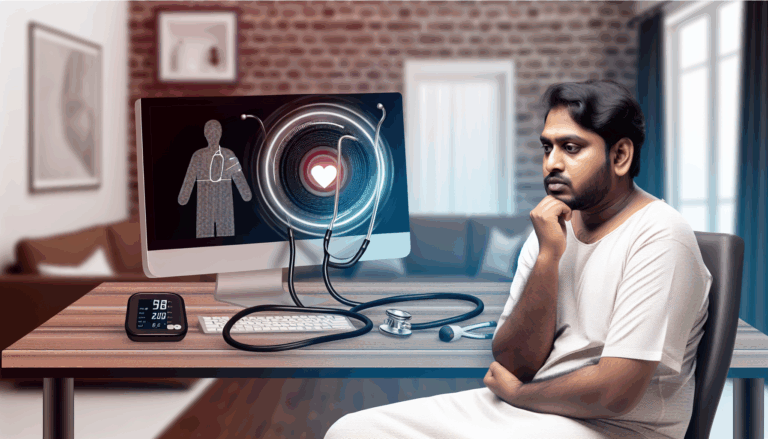Understanding the Role of Telemedicine in Home Healthcare
The Covid-19 pandemic has not just disrupted our everyday lives but also revolutionized the approach to healthcare globally. One such transformative change that has emerged as a beacon of hope and convenience is telemedicine. But, what exactly is telemedicine? How has it benefitted home health care? Let’s delve deeper into finding that out.
Telemedicine, also known as remote healthcare, uses technology to connect a care provider with a patient remotely so that healthcare services can be provided without the necessity for an in-person visit. Homebound patients, particularly those with chronic conditions and the elder community can significantly benefit from this medical advancement. Without leaving their homes, they can engage in virtual health consultations, get prescription refills, and monitor their conditions effectively.
Benefits of Telemedicine in Home Health Care
Telemedicine provides numerous benefits in the landscape of home health care, making it an invaluable tool for patients and caregivers alike.
1. Accessibility (Especially for Rural Communities)
For those living in rural areas or remote locations, accessing medical services can be a challenge due to distance and lack of transportation. Telemedicine overcomes this barrier by allowing healthcare providers to reach these patients, ensuring they receive necessary treatment and consultations.
2. Increased Comfort and Convenience
Getting dressed up, traveling, and sitting in a stuffy waiting room can be exhausting for many, especially those suffering from debilitating conditions. Telemedicine makes healthcare convenient for patients as they can receive medical services directly through video calls, texts, or phone consultations, all from the comfort of their home.
3. Enhanced Care Coordination
Telemedicine enables improved communication and collaboration between healthcare providers, caregivers, and patients. Through remote patient monitoring systems, health data can be tracked and shared in real-time, facilitating early and proactive interventions.
How to Prepare for a Telemedicine Appointment?
Just like in-person visits, telemedicine visits require some preparation to ensure they are beneficial. Here are some things to keep in mind:
1. Technology Setup:
Make sure you have a stable internet connection, a functioning device with a camera and microphone, and appropriate telehealth application installed.
2. Be Prepared:
Prepare a list of symptoms, medications, and any questions you may have for the doctor, making the consultation productive and meaningful.
3. Secure a Quiet and Private Place:
The environment for your teleconsultation should be quiet, well-lit, and private to ensure a smooth and productive consultation process.
Embracing the Future of Healthcare with Telemedicine
With the rise in digital health technologies, telemedicine promises to revolutionize the way healthcare is delivered, especially in home health settings. It opens up a world of possibilities to cater to the healthcare needs of patients directly in their homes, making their journey to recovery easier, convenient, and more comfortable. As healthcare trends continue to evolve, one thing is clear; telemedicine is here to stay, transforming our experiences on the healthcare horizon.



